An Introduction to Working in the Hood
Overview
Hoods are a common class of instrument, which act as a protective enclosure for various types of laboratory experiments. They serve to shield experimental samples from the environment, as well as to protect the researcher from hazardous or infectious samples. “The Hood” is a term that can include laminar flow benches, fume hoods, as well as tissue culture hoods or biosafety cabinets. All hoods operate based on the principle of laminar flow and have the same basic components, including a window sash and protective glass barrier, a non-porous work surface, and an air intake and exhaust. The type of hood used should be chosen based on the experiment. For example, fume hoods typically protect the user, and not the experimental environment. In contrast, laminar flow benches protect the experiment, but not the user, and therefore can but used to keep experimental samples sterile, when they pose no threat. If both the user and the experiment must be protected, a tissue culture hood or biosafety cabinet can be used. Tissue culture hoods maintain sterility of cell lines, while biosafety cabinets provide protection during procedures utilizing infectious agents Once the appropriate unit is chosen for an experiment, the user should wear appropriate protective equipment, and follow all necessary safety procedures. This video discusses the principle of laminar flow, how the hood is used, and discusses the different types of procedures that should be carried out in each type of hood.
Procedure
Hoods are a common class of instrument, which act as a protective enclosure for various types of laboratory experiments.
In addition to shielding experimental samples from the environment, hoods also protect the researcher from hazardous or infectious samples.
“The Hood” is a term that can include laminar flow benches, fume hoods, and tissue culture hood or biosafety cabinets. Always choose the right one for your experiments.
Most hoods operate using the basic principle of Laminar flow, which is the streamlined and undisrupted flow of air in parallel layers.
In contrast to turbulent flow, laminar flow allows for air to flow around objects within the hood so that sterility of the work environment is maintained, and noxious chemical fumes can be contained.
Hoods can be designed to have either Horizontal or Vertical Laminar flow.
In Horizontal flow hoods, the air intake is filtered, and air then flows horizontally from the back of the unit, towards the front of the unit.
In Vertical flow hoods, the intake is filtered, but then air is pulled vertically away from the user, and the exhaust is again filtered as it exits. These units usually maintain sterility of the work environment.
All hood units have the same basic components. A main component is the window sash. This is a sliding protective glass barrier that acts as shield against splashes and fumes. It can be oriented horizontally or, for some units, vertically.
The work surface within the hood is generally a non-porous material such as stainless steel.
All units also have an air intake, where air is brought into the unit, and an exhaust. The location of the intake and exhaust varies, depending on the exact type and model of hood.
Adjacent to the sash, a panel is often found with controls to adjust the air intake, hood lights and other features. Some models are equipped with a UV light, which can be used to disinfect the unit when not in use.
Never leave the UV on while anyone is in the lab or using the hood! This can cause Retina damage, skin burns, and increased cancer risk.
After choosing the correct hood type for your experiment, next be sure to use the appropriate personal protective equipment or; PPE. Put on gloves, goggles, and a mask as necessary.
If an aseptic environment required for the experiment, such as within a tissue culture hood, start by spraying down the hood surface with 70% ethanol. This disinfects the surface, and quickly evaporates leaving no residue.
Also, be sure to spray each object with 70% ethanol, as it is placed in the hood, to maintain a clean environment.
When placing objects in the hood, keep the airflow in mind. Don’t block of airflow in the back, and leave 6 inches clear in front of the hood.
Be sure to use the appropriate sash height during the experiment to maintain optimal laminar airflow. Most hoods are equipped an alarm that will go off if the sash height is not optimal.
When the hood is not in use, always remember to shut the sash, to save precious laboratory energy, and institutional resources.
Now that we’ve seen how to work within a hood, let’s review some different hood types and the many procedures that can be performed within each type the hood.
One specific type of hood is the Fume Hood. As its name implies this type of unit should be used for procedures producing toxic fumes or involving chemical reagents that give off toxic fumes. Fume hoods protects the user, but not the experimental environment, so biological samples are NOT protected in these units and sterility is NOT maintained.
A fume hood should be used for fixation, as well as tissue processing, and histology techniques. These procedures typically involve toxic as well as corrosive chemicals.
Another type of hood is the laminar flow bench. This unit protects the experiment, but not necessarily the user. These units can use horizontal or vertical flow, and can be used for BSL1 experiments with no known biological hazard, such as cell culture without risk of pathogen exposure.
Often, dissections are performed within a laminar flow bench, when user safety is not a concern but the sterility of the sample tissues is important.
Biosafety cabinets or tissue culture hoods protect both the user and the experiment. As you may have already guessed, tissue culture is typically performed within the tissue culture hood. These units maintain the sterility of experimental workspace; all air is high efficiency particulate are filtered, or HEPA, filtered, as it both enters and exits the cabinet.
Many biomedical research labs have tissue culture hoods that are equipped with a vacuum aspiration system for aspirating tissue culture media.
There are various types of biosafety cabinet and Tissue culture hoods; check to see what BSL rating of your hood before beginning a new experiment.
You’ve just watched JoVE’s introduction to working in the hood.
In this video, we talked about the principle behind how a hood works, or laminar flow, the components of a typical hood, how to work within the instrument, and different hood types.
Thanks for watching, and don’t forget to shut your sash!
References
Disclosures
No conflicts of interest declared.
Skip to...
Videos from this collection:
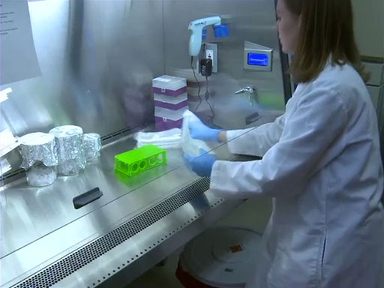
Now Playing
An Introduction to Working in the Hood
General Laboratory Techniques
151.4K Views
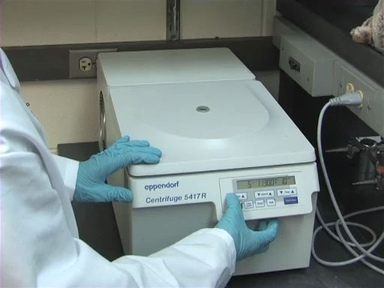
An Introduction to the Centrifuge
General Laboratory Techniques
488.6K Views
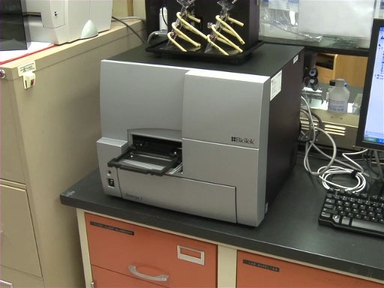
Introduction to the Microplate Reader
General Laboratory Techniques
126.8K Views
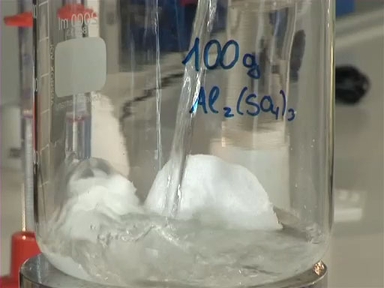
Understanding Concentration and Measuring Volumes
General Laboratory Techniques
216.1K Views
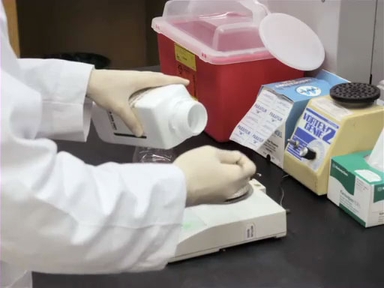
Making Solutions in the Laboratory
General Laboratory Techniques
211.5K Views
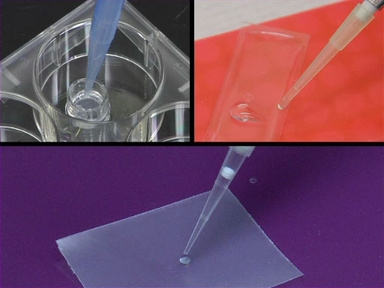
An Introduction to the Micropipettor
General Laboratory Techniques
585.3K Views
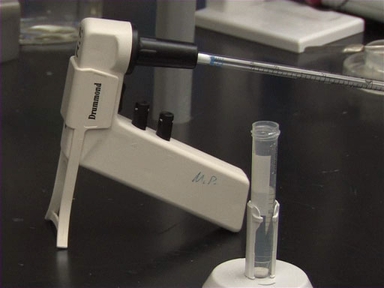
Introduction to Serological Pipettes and Pipettors
General Laboratory Techniques
219.2K Views
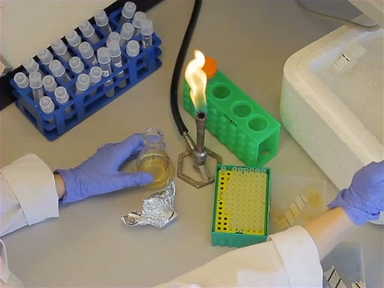
Introduction to the Bunsen Burner
General Laboratory Techniques
207.3K Views
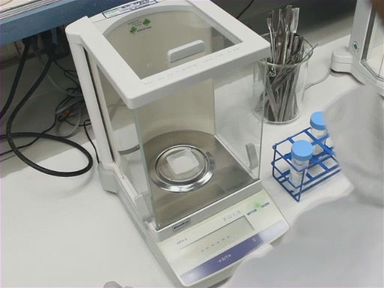
Measuring Mass in the Laboratory
General Laboratory Techniques
170.9K Views
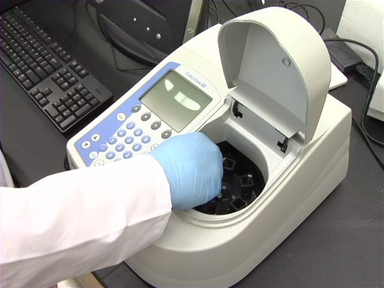
Introduction to the Spectrophotometer
General Laboratory Techniques
518.5K Views
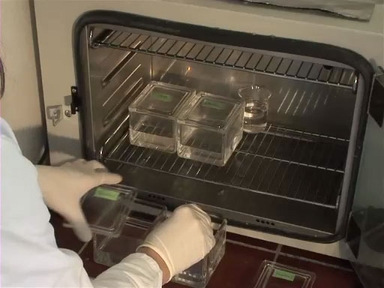
Histological Sample Preparation for Light Microscopy
General Laboratory Techniques
240.4K Views
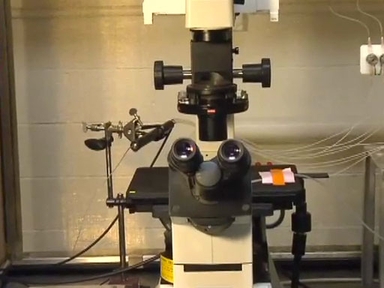
Introduction to Fluorescence Microscopy
General Laboratory Techniques
350.0K Views
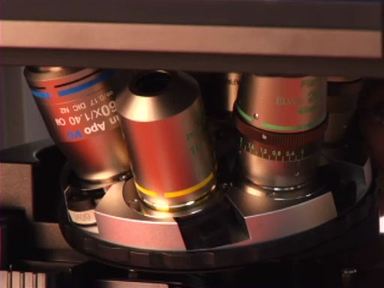
Introduction to Light Microscopy
General Laboratory Techniques
815.3K Views

Regulating Temperature in the Lab: Preserving Samples Using Cold
General Laboratory Techniques
65.7K Views
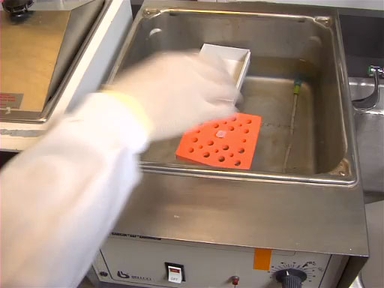
Regulating Temperature in the Lab: Applying Heat
General Laboratory Techniques
81.4K Views
Copyright © 2025 MyJoVE Corporation. All rights reserved